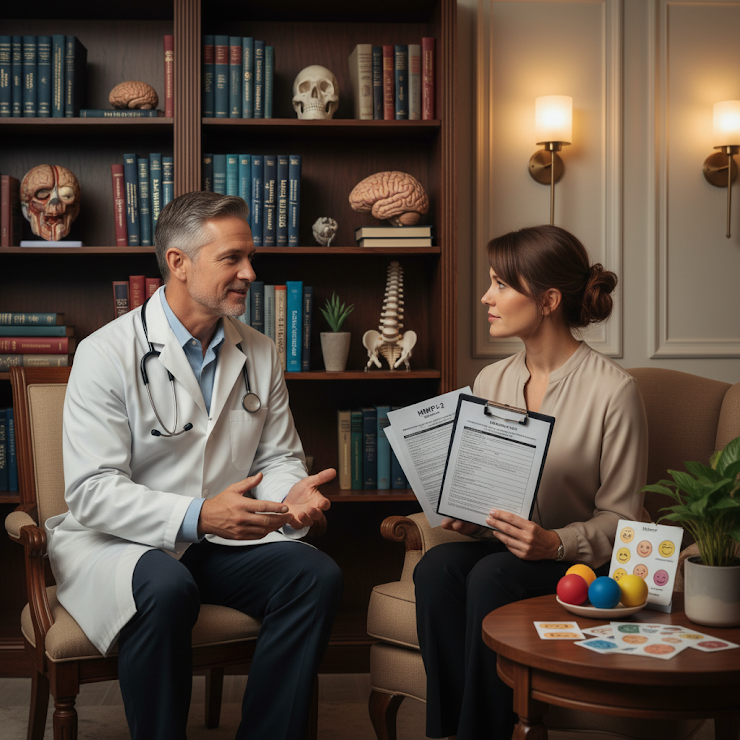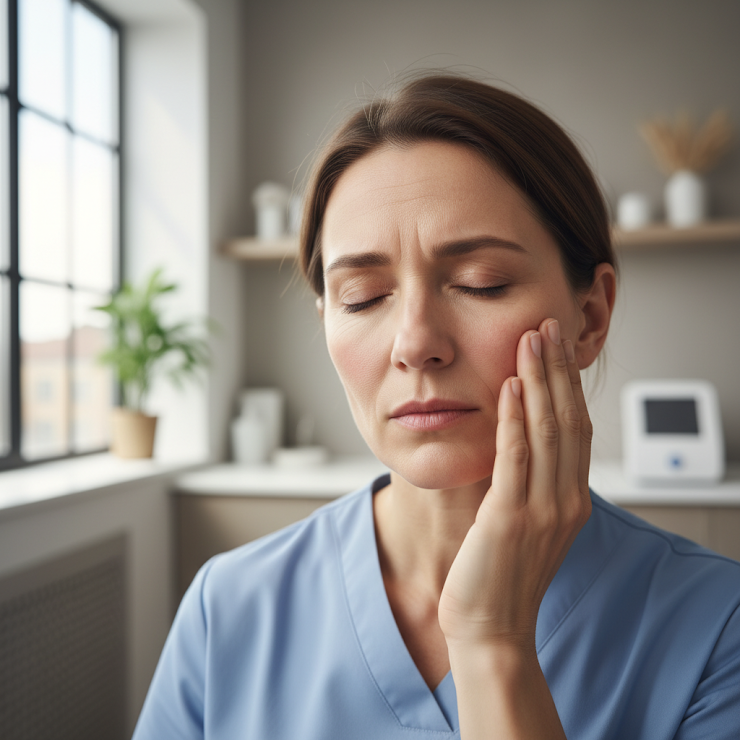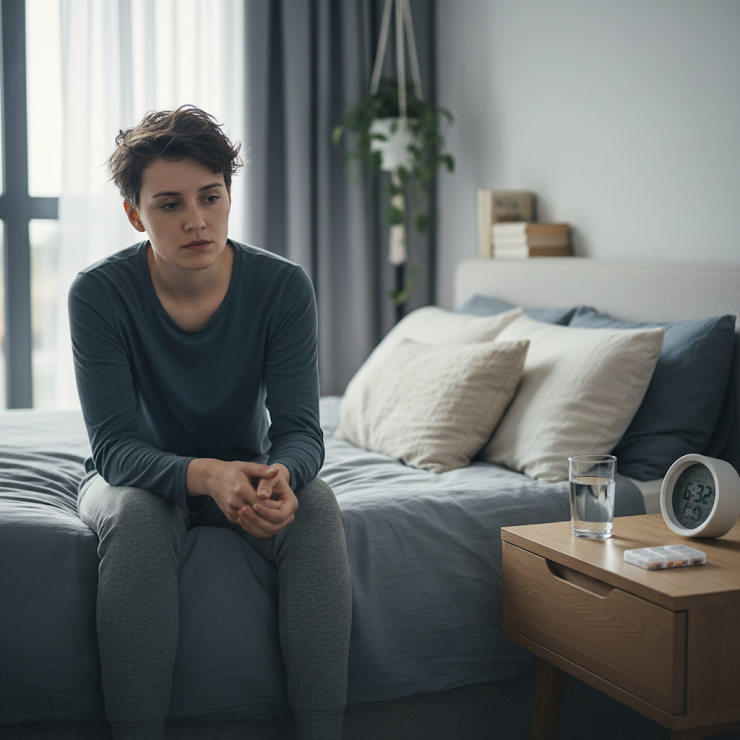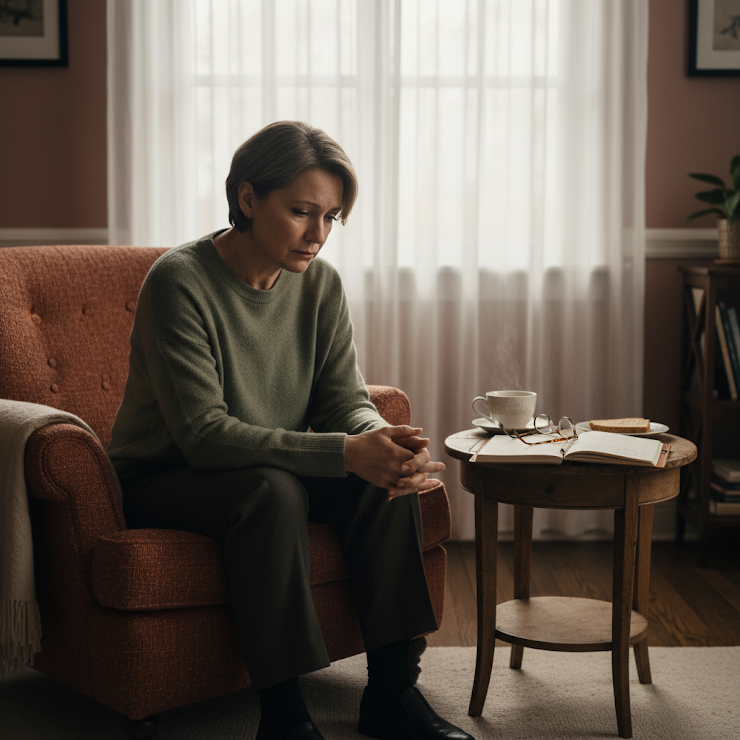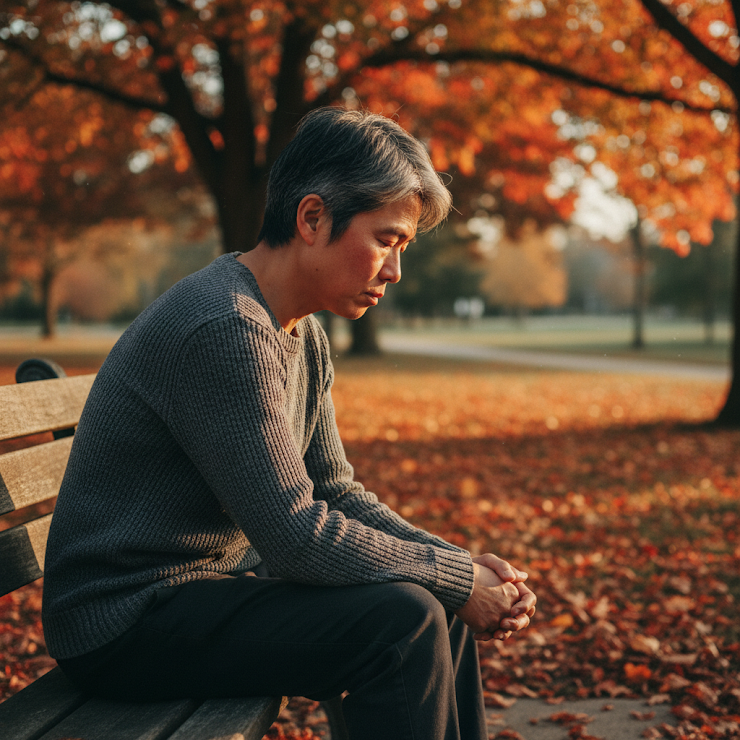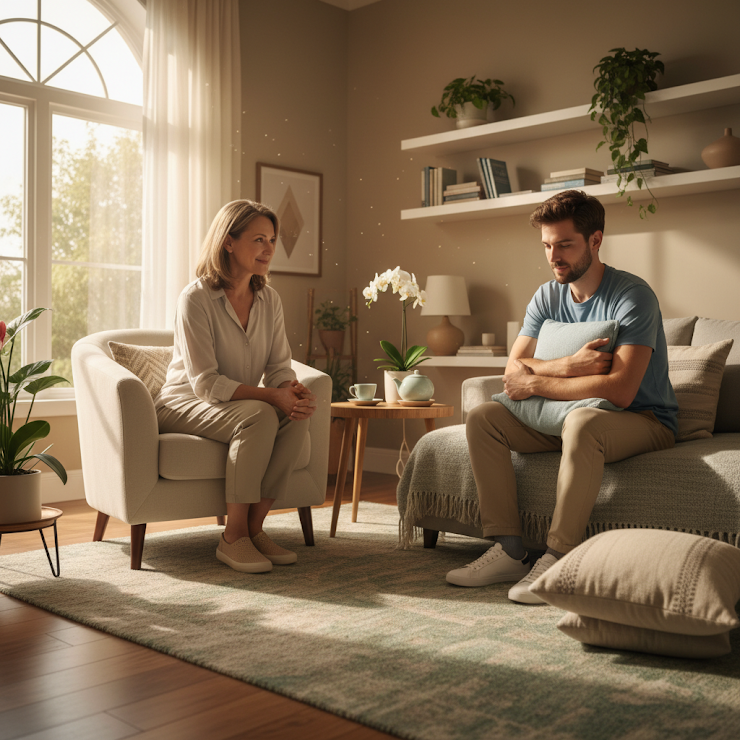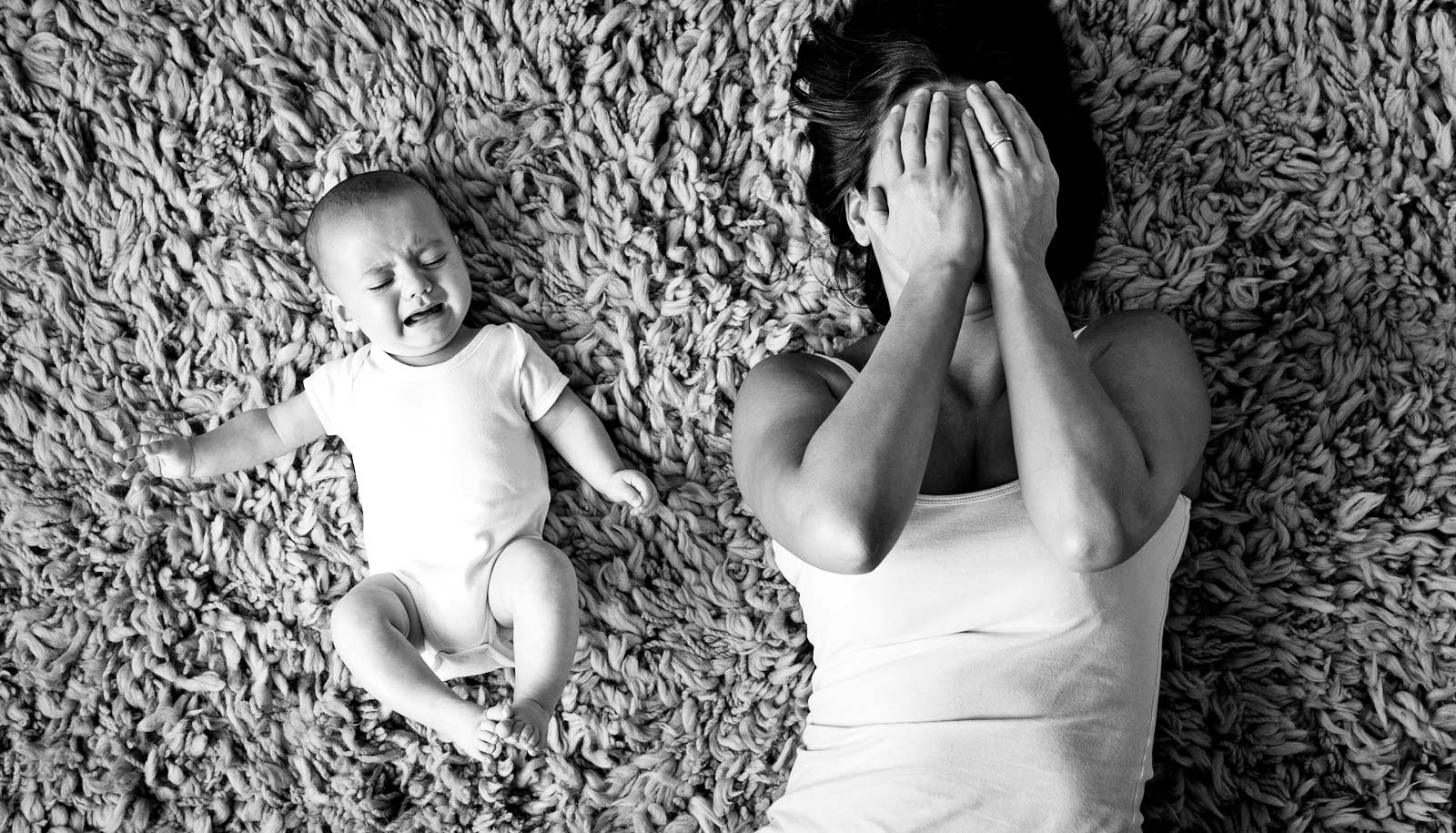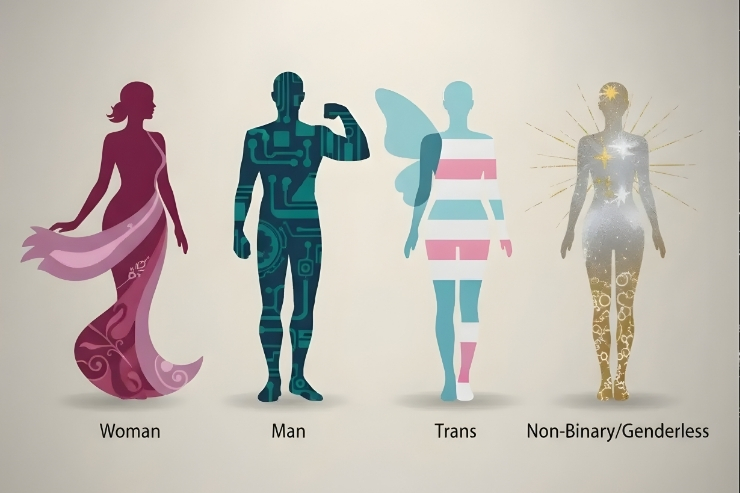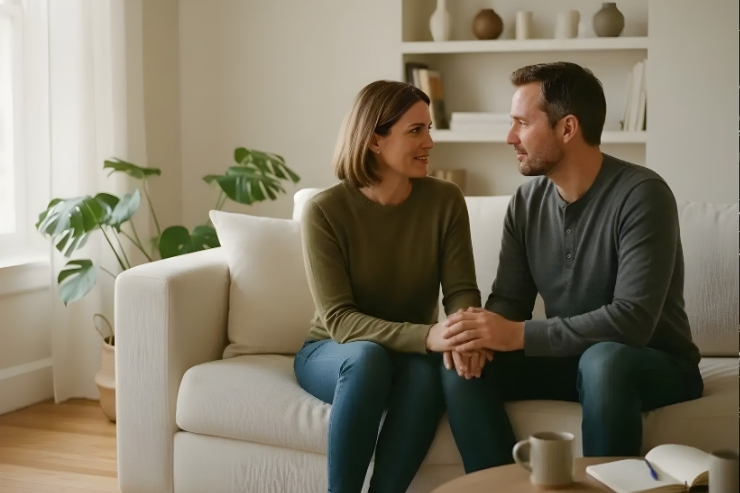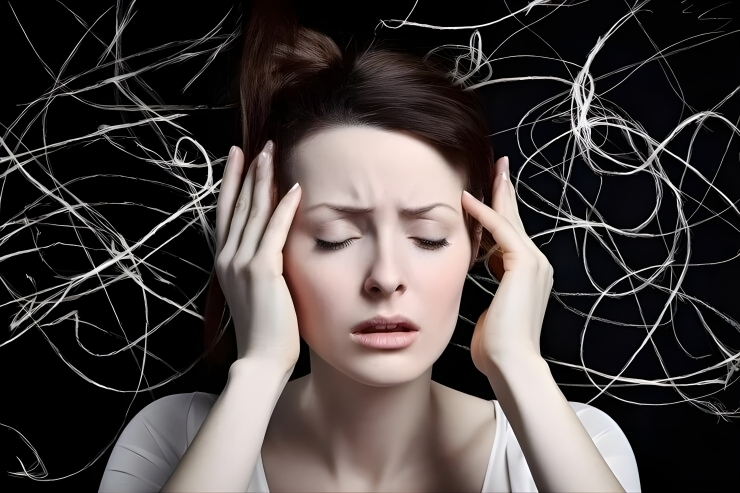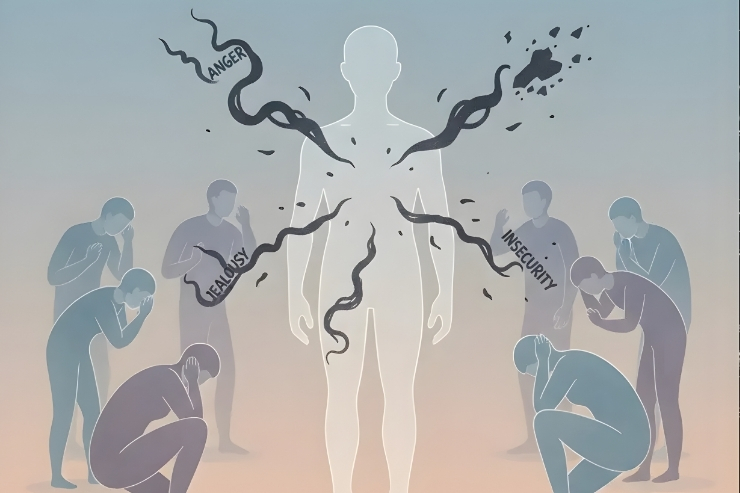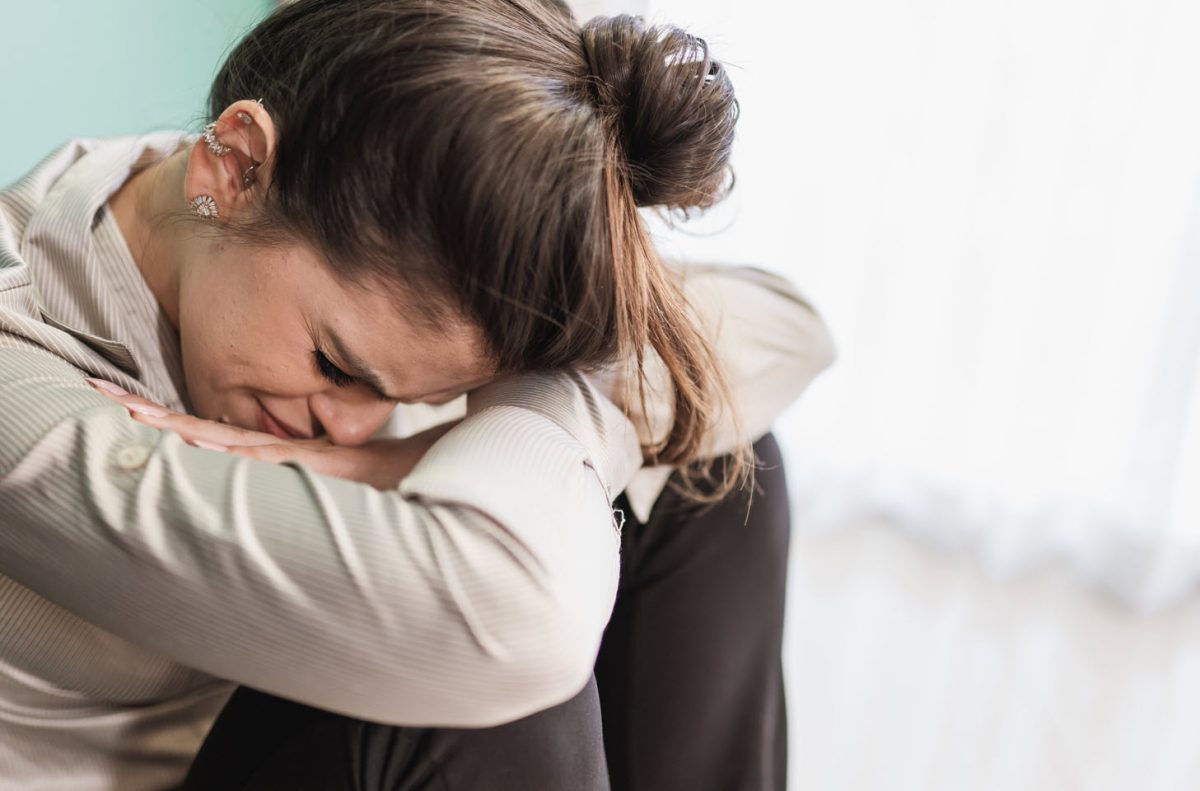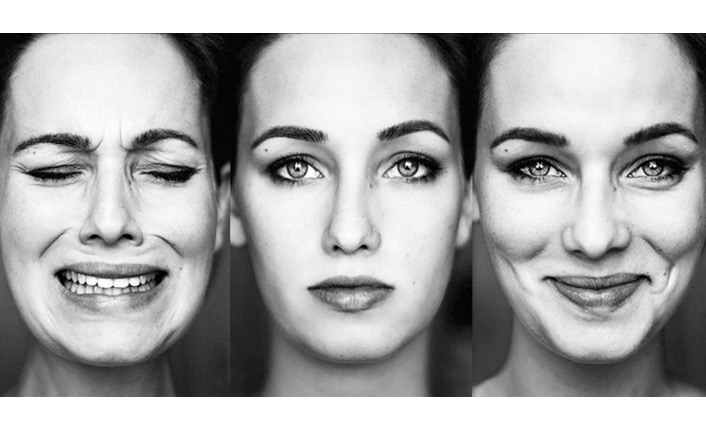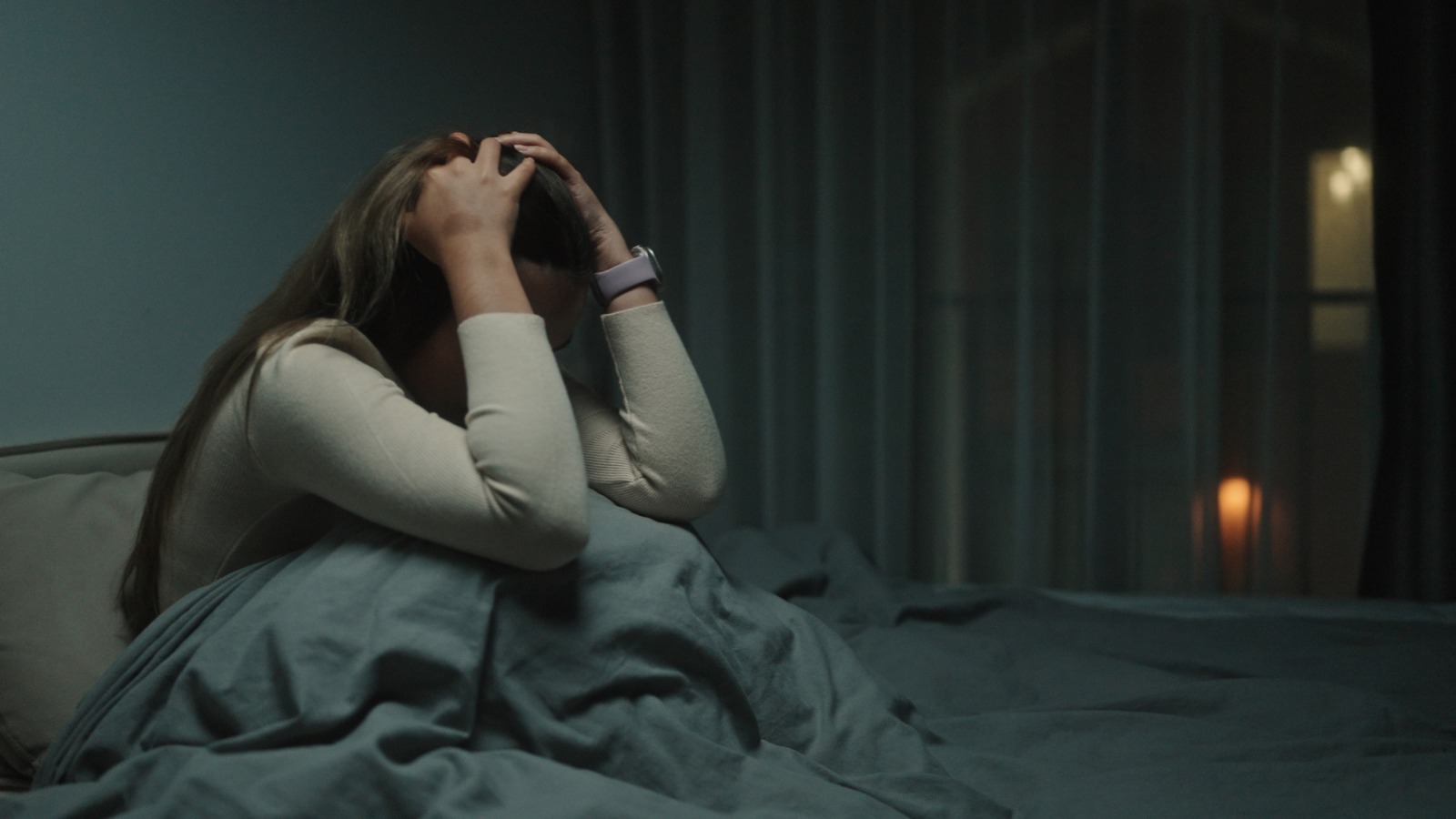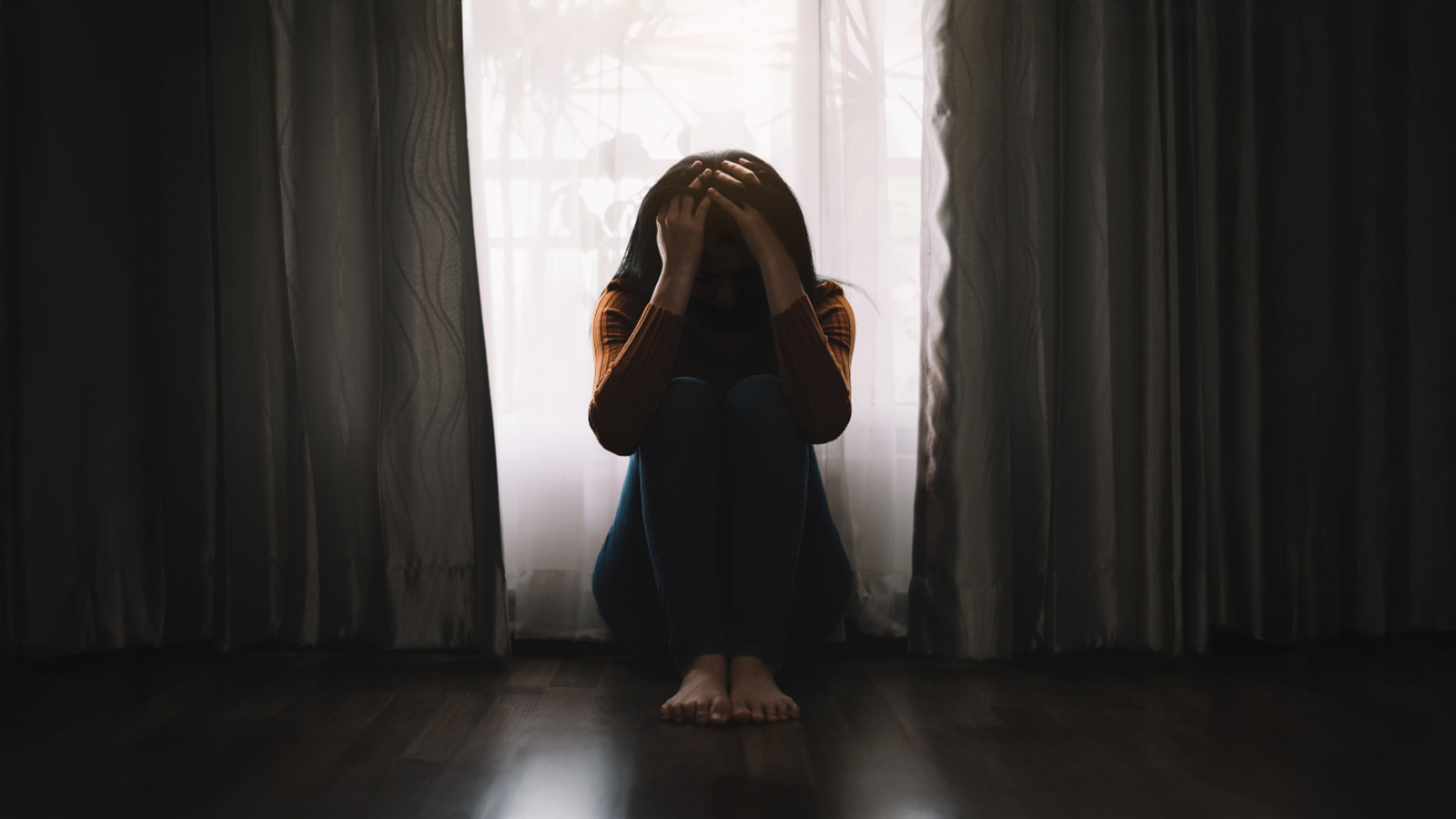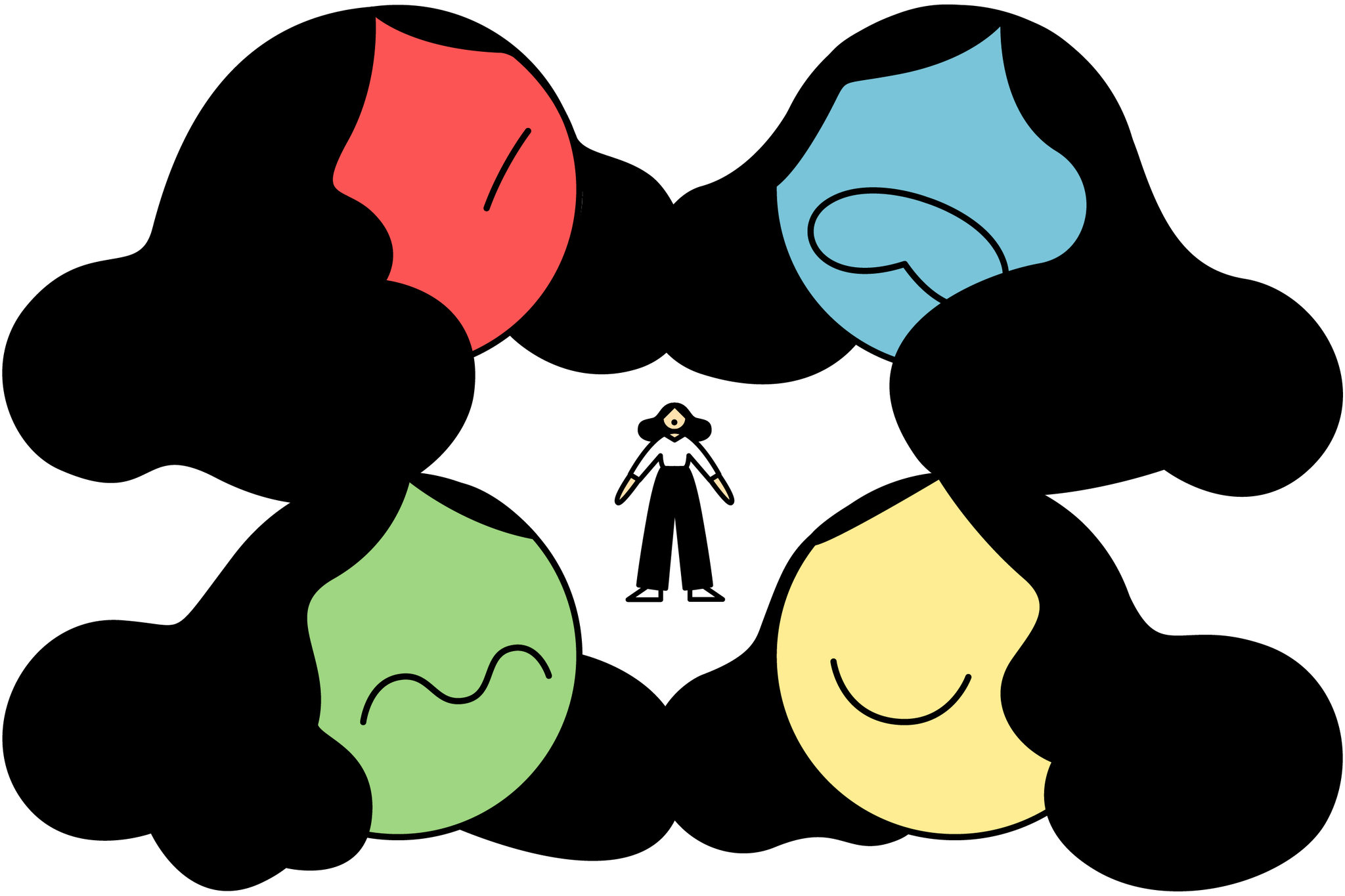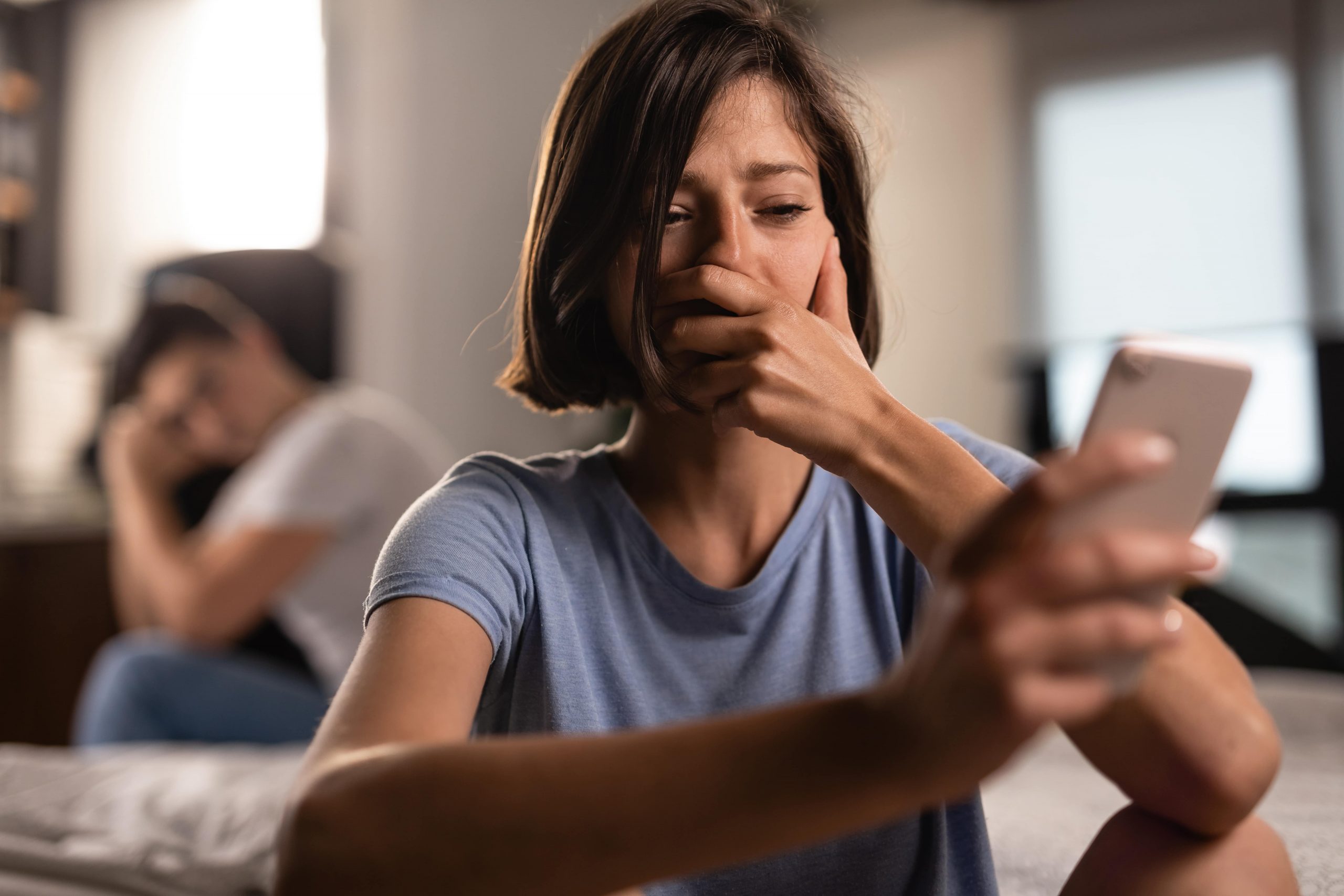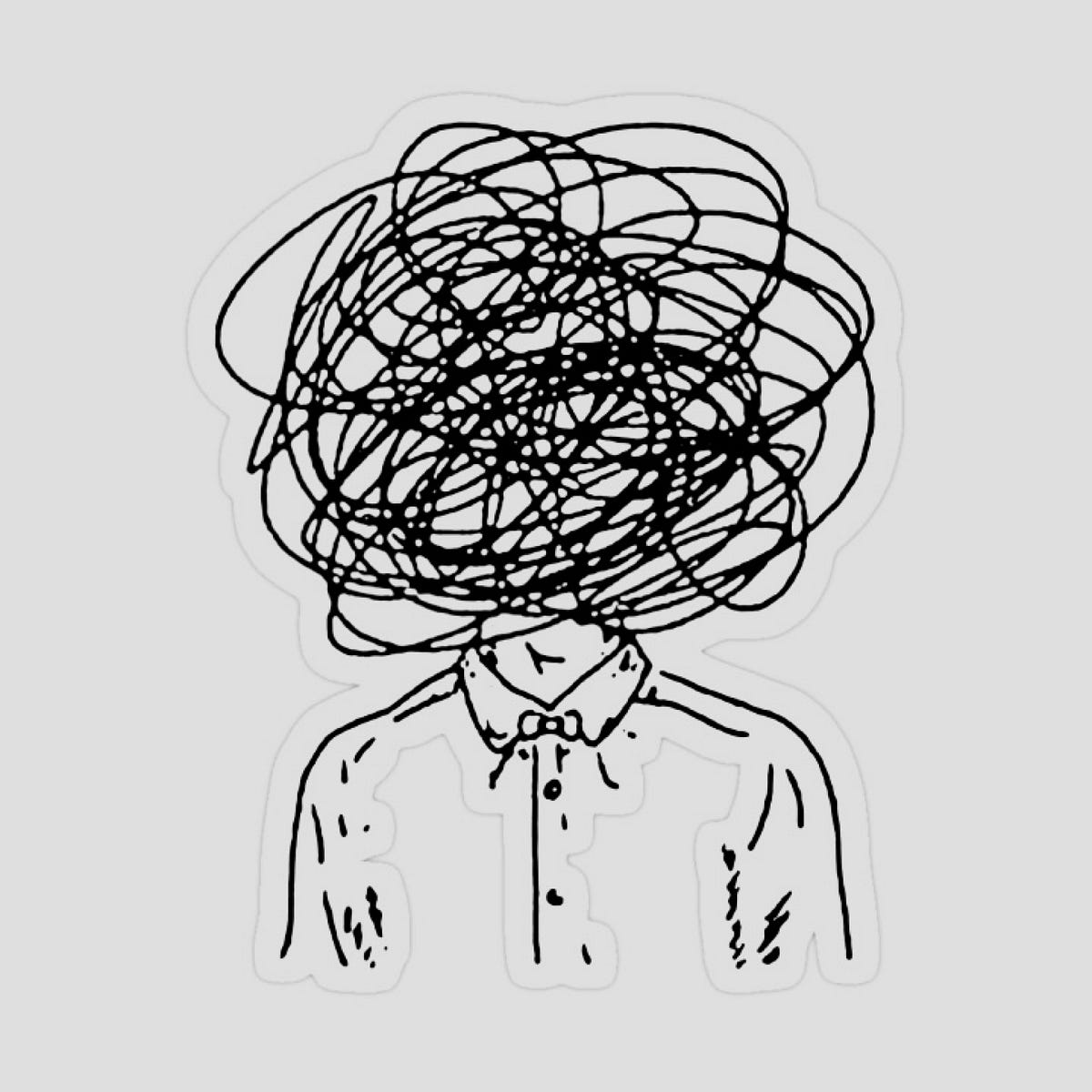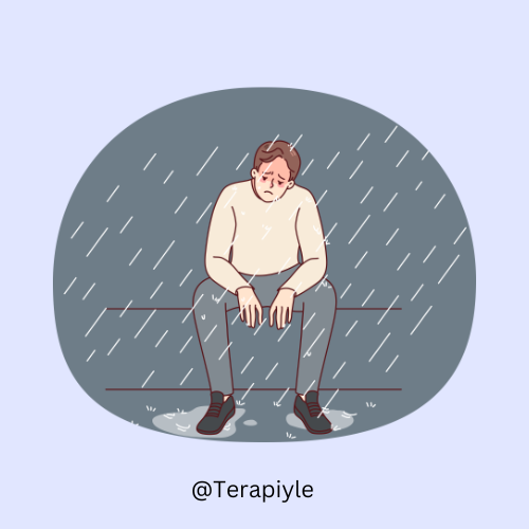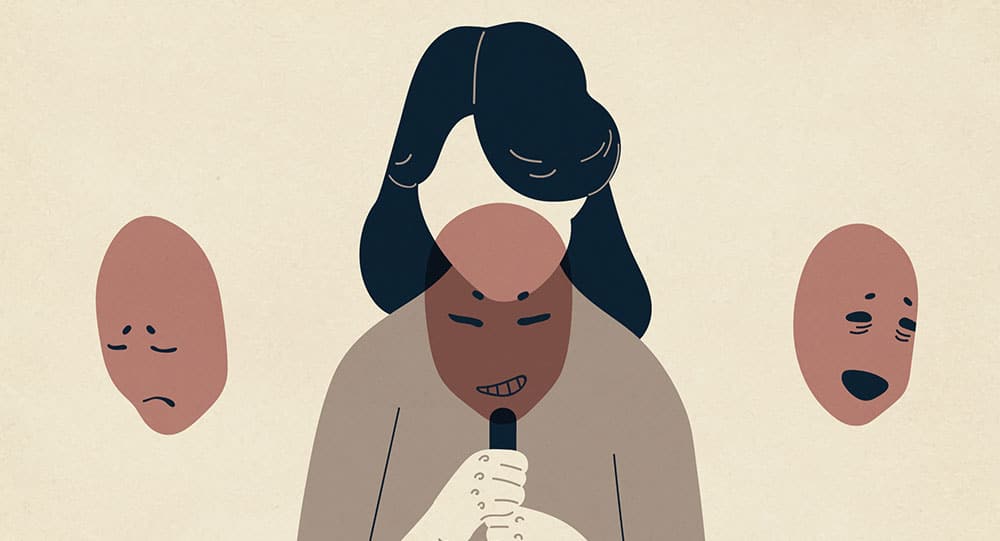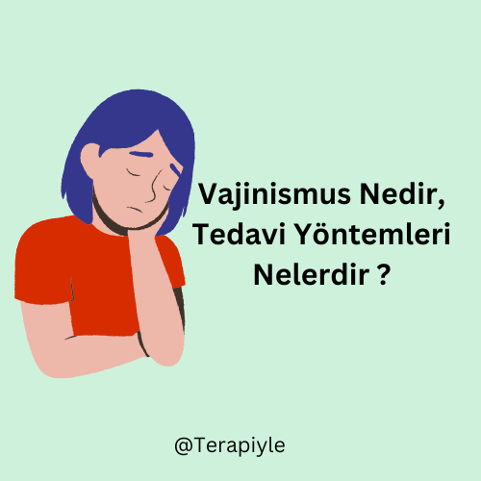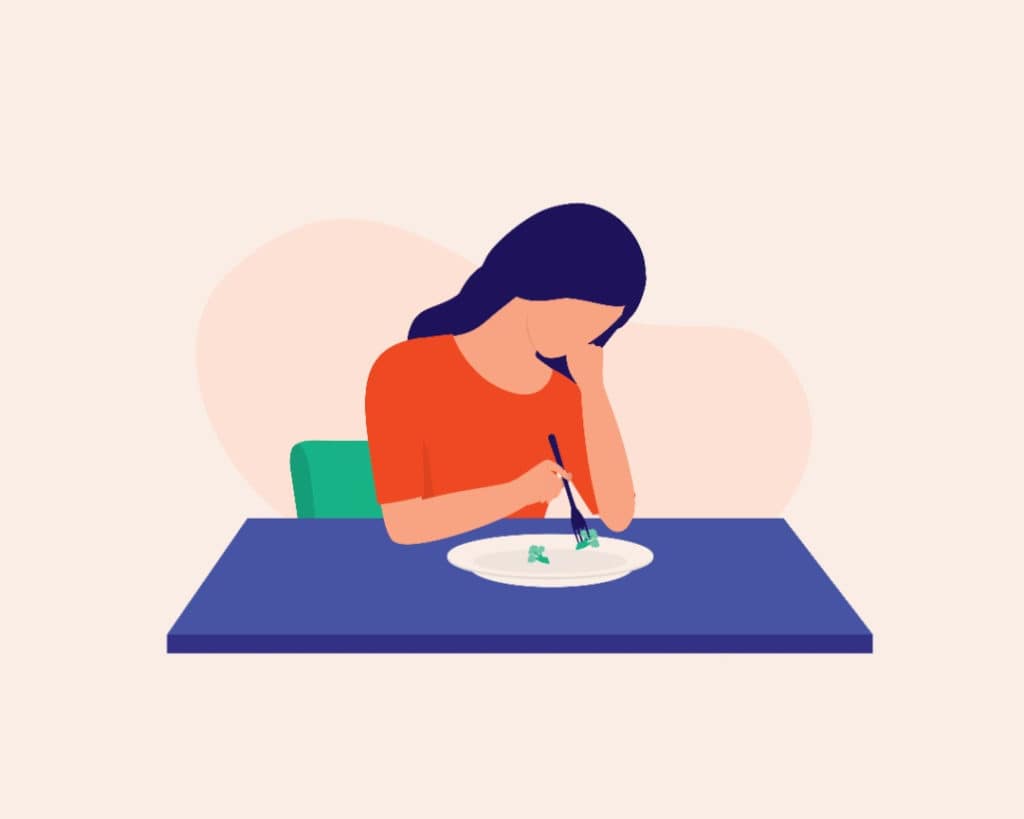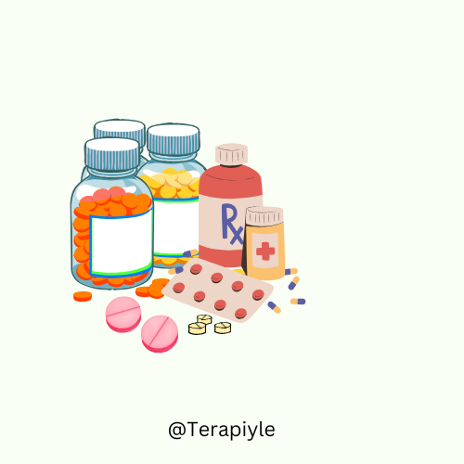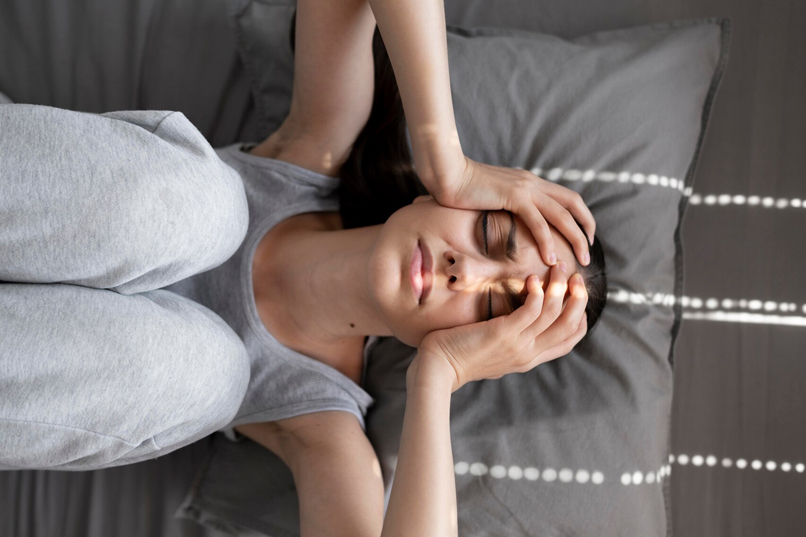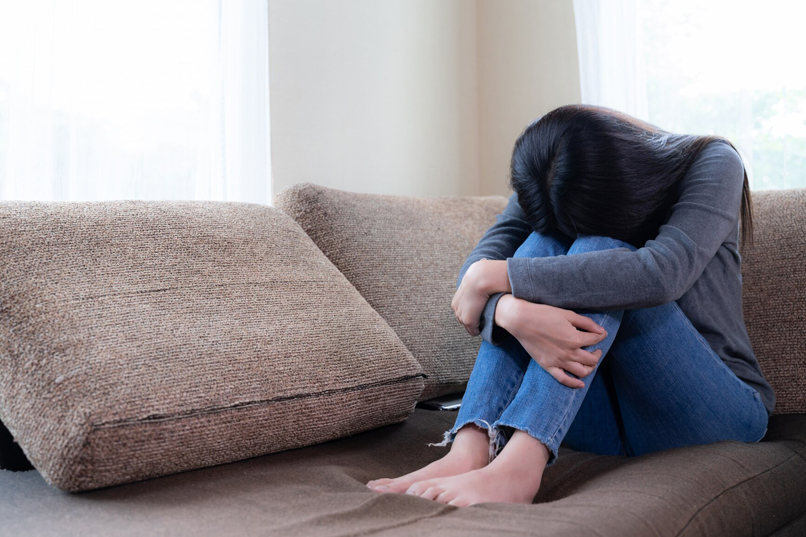Today’s fast-paced and stressful lifestyle has led to a significant increase in anxiety disorders. While it’s normal for people to feel anxious from time to time, when this emotion becomes too intense and starts interfering with quality of life, it can turn into a disorder. So, what exactly is an anxiety disorder? What are its symptoms and how is it treated? In this article, we offer comprehensive answers to these questions.
What Is Anxiety Disorder?
Anxiety disorder is a condition characterized by excessive, persistent worry that negatively impacts daily life. Even in the absence of a real threat, the individual constantly imagines negative scenarios and experiences ongoing unease. This state manifests not only mentally but also physically.
Is Anxiety Normal?
Yes. In fact, anxiety is an evolutionary mechanism that has helped humans survive. It triggers the body’s “fight or flight” response in dangerous situations. However, if this response is constantly activated without any real threat, it becomes a disorder.
Common Symptoms of Anxiety Disorder
Anxiety can present with both psychological and physical symptoms. The most common include:
Psychological Symptoms:
- Constant worry and uneasiness
- Imagining worst-case scenarios
- Difficulty concentrating
- Sleep problems
- Feeling out of control
Physical Symptoms:
- Heart palpitations
- Shortness of breath
- Muscle tension
- Sweating
- Nausea or stomach pain
- Dizziness
Over time, these symptoms can seriously impact a person’s social life, work performance, and overall well-being.
Types of Anxiety Disorders
Anxiety disorder is an umbrella term that includes several specific conditions:
- Generalized Anxiety Disorder (GAD): Persistent, uncontrollable worry about various aspects of life
- Panic Disorder: Characterized by sudden and intense panic attacks
- Social Anxiety Disorder: Fear of being judged or humiliated in social situations
- Specific Phobias: Excessive fear of certain objects or situations
- Obsessive-Compulsive Disorder (OCD): Intrusive thoughts (obsessions) and repetitive behaviors (compulsions)
- Post-Traumatic Stress Disorder (PTSD): Severe stress and flashbacks following a traumatic event
What Causes Anxiety Disorders?
There is no single cause. Factors such as genetic predisposition, childhood experiences, trauma, chemical imbalances in the brain, and life stress can all play a role. Social environment, family dynamics, and coping skills also contribute to the development of anxiety disorders.
How Is Anxiety Disorder Treated?
Treatment is tailored to each individual’s needs. The most common methods include:
1. Psychotherapy
- Cognitive Behavioral Therapy (CBT): Focuses on recognizing and changing thought patterns that trigger anxiety. It is one of the most evidence-based therapies.
- Exposure Therapy: Especially effective for phobias and panic disorder.
2. Medication
Psychiatrists may prescribe antidepressants or anti-anxiety medications to help reduce symptoms. Medication is usually combined with therapy for best results.
3. Lifestyle Changes
- Regular physical exercise
- Meditation and mindfulness techniques
- Healthy nutrition
- Maintaining a regular sleep schedule
- Avoiding alcohol, caffeine, and smoking
How to Support Someone With Anxiety
- Listen without judgment
- Don’t try to “fix” them—just let them know you’re there
- Encourage them to seek professional help
- Be patient; healing takes time
Learning to Live With Anxiety Is Possible
Anxiety disorder can seriously affect a person’s quality of life. However, with the right support and effective treatment, it can be managed. Remember, the goal is not to eliminate anxiety entirely, but to learn how to cope with it in a healthy way.
If you are experiencing similar feelings and they are making daily life more difficult, seeking support from a professional may be the most valuable step you can take.







